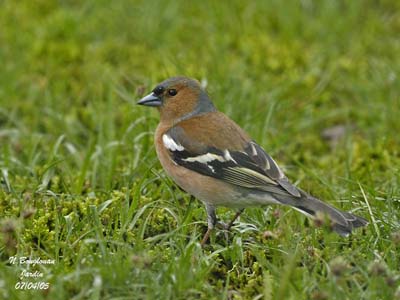
FRINGILLIDAE FAMILY
Chaffinches, Crossbills, bullfinches, goldfinches, grosbeaks, linnets, euphonias, rosefinches, canaries, siskins, greenfinches…
Fringillidae belong to the Order Passeriformes. This family gathers small seed-eating birds throughout the world. We can find lovely birds among all the members, with bright colours and nice voice.
We find two subgroups, the Chaffinches (Fringillinae) with only three species including the Common Chaffinch (Fringilla coelebs), the Blue Chaffinch (Fringilla teydea) and the Brambling (Fringilla montifringilla). The second group “Carduelinae” gathers all the other members of this family.
The word “finch” is also used for species of other families, such as the Estrilidae (waxbills), some Hawaiian honeycreepers (Drepanidinae), and a variety of Emberizidae and closely related birds.
Text by Nicole Bouglouan
Photographers :
Aurélien Audevard
OUESSANT DIGISCOPING
Nicole Bouglouan
PHOTOGRAPHIC RAMBLE
Maxime Dechelle
LEPAPARRAZO
Tom Grey
Tom Grey's Bird Pictures
Tom Merigan
Tom Merigan’s Photo Galleries
Bob Moul
Nature Photography
Sources :
Ottaviani, M. (2008) Monographie des Fringilles (fringillinés – carduélinés) – Histoire Naturelle et photographies, Volume 1. Editions Prin, Ingré, France, 488 p
Ottaviani, M. (2011a). Monographie des Fringilles (carduélinés) – Histoire Naturelle et photographies, volume 2. Editions Prin, Ingré, France, 286 p
Ottaviani, M. (2011b). Monographie des Fringilles (carduélinés) – Histoire Naturelle et photographies, volume 3. Editions Prin, Ingré, France, 320 p
L’ENCYCLOPEDIE MONDIALE DES OISEAUX - Dr Christopher M. Perrins - BORDAS - ISBN: 2040185607
FINCHES AND SPARROWS by Peter Clement, Alan Harris and John Davis – Helm Identification Guides – ISBN: 0713652039
THE COMPLETE BOOK OF BRITISH BIRDS – Written by “Royal Society for the Protection of Birds” experts - Préface de Magnus Magnusson - Michael Cady- Rob Hume Editors - ISBN: 0749509112
THE HANDBOOK OF BIRD IDENTIFICATION FOR EUROPE AND THE WESTERN PALEARCTIC by Mark Beaman, Steve Madge - C.Helm - ISBN: 0713639601
Birds of Britain - The Web Magazine for Birdwatchers
CREAGUS@Monterey Bay (Don Roberson)
Wikipedia (Wikipedia, The Free Encyclopedia)

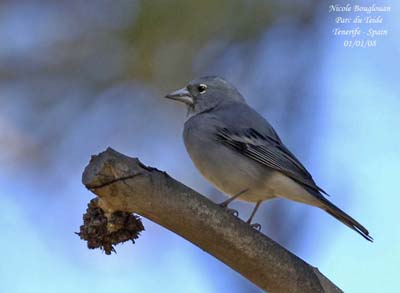
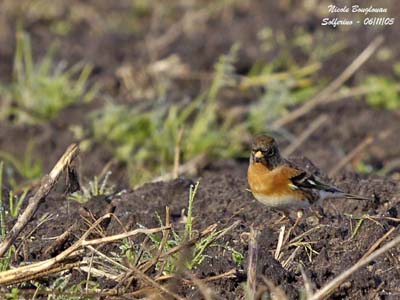
Fringillids have stout, short, conical bill, allowing these birds to have special adaptation to feed on their favourite food. They are able to hold and shell all types of seeds. These birds have a special groove on the palate’s side where the seed is wedged. The lower jaw raises onto this groove and crushes the shell. Then, the husk is peeled off with the tongue and the bird can swallow the kernel.
In addition, their strong skulls and large jaw muscles added to the powerful gizzard make them true seed-eaters.
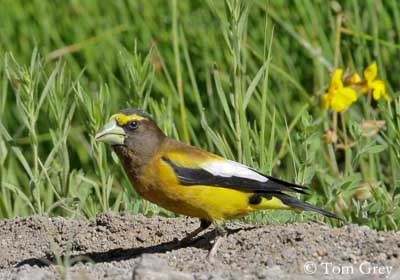
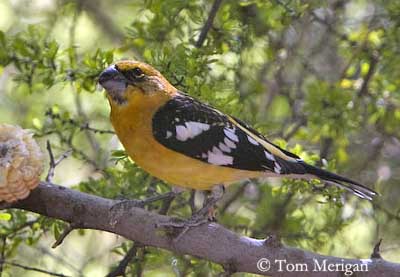
We find some different bill shapes, such as the delicate thin bill of the Siskin, the crossed-bill of the Crossbill, and the massive bill of the Hawfinch. Each species has distinctive bill shape adapted for particular seeds from trees and weeds.
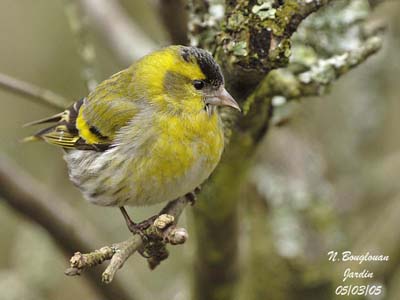
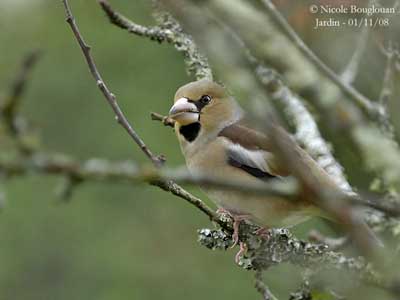
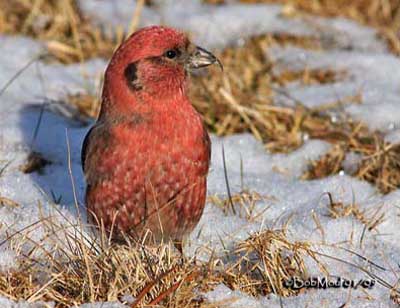
Males are brightly coloured whereas females are duller. Their plumage show conspicuous patches on scapulars, wings and tail. Most Finches show high sexual dimorphism with extreme differences between males and females.
Males are easy to recognize, but females often are almost similar.
Finches have compact, fairly plump body with rounded head and rather short, strong legs.
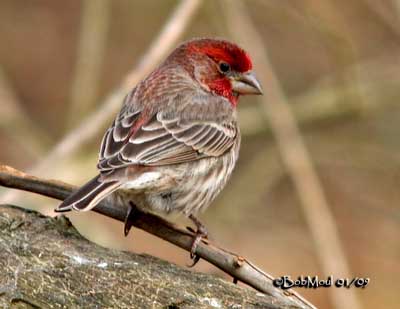
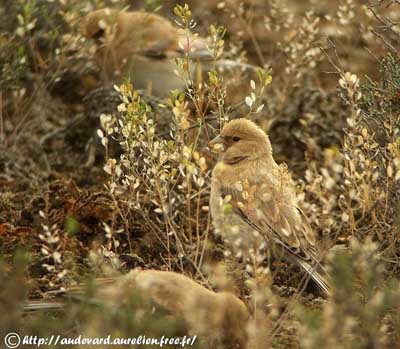
Fringillids usually frequent well wooded areas or scrub, but some species can be found in cultivated areas and steppes, tundra and even in rocky deserts.
Some extreme examples mention the bare stony desert of the Trumpeter Finch (Bucanetes githagineus) in the Middle East, and the alpine snowfielfds beyond the treeline of the Black Rosy-Finch (Leucosticte atrata) in the Great Basin of North America.
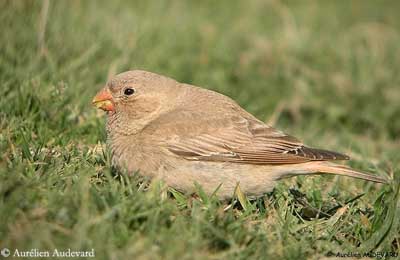
They often feed on the ground where they move by hopping. They are mainly granivorous, but the members of the genus “Euphonia” consume large amounts of insects and berries. On the other hand, the Hawaiian honeycreepers use numerous food items including nectar, thanks to the wide range of bill shapes and sizes.
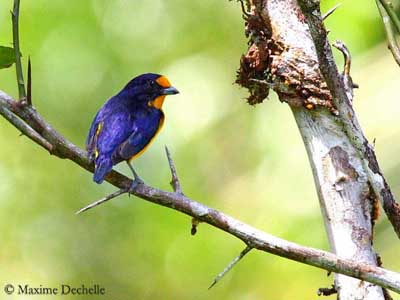
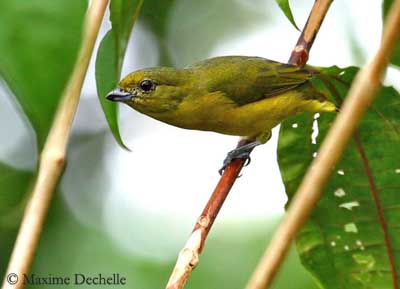
Nestlings are fed with small arthropods, except the Linnet which feeds its young entirely on seeds.
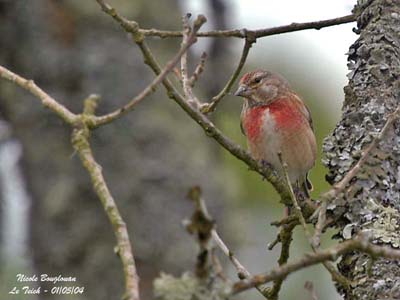
Crossbills have very specialized bill with crossed mandibles, allowing them to feed on seeds from spruce cones. The bird hangs on the cones and then, the bill holds the scale of the cone open, while it reaches the seed with the tongue. It may consume great numbers of seeds, about 3000 per day! It starts at the bottom of the cone and spirals upwards. This species can store seeds in the throat where there is a “pocket” at middle level.
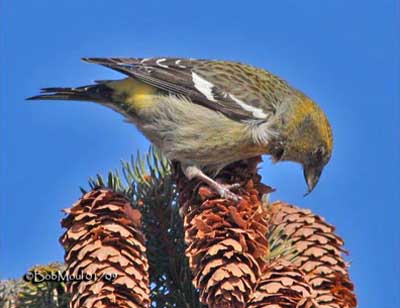
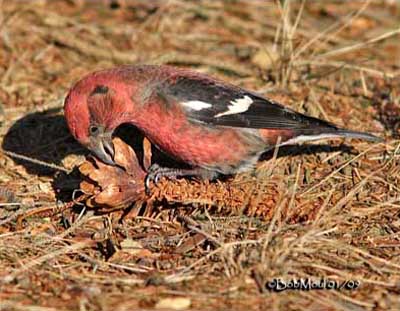
Most Fringillids are gregarious outside breeding season, and often gather in large flocks. Numerous northern populations are migratory, and move southwards in winter in large numbers involving sometimes “invasion” of wintering areas. Many species follow the seed crops.
The members of the Family Fringillidae perform swift and undulating flight, with bouts of flapping interspersed with glides on closed wings.
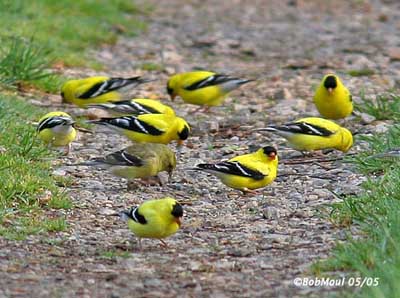
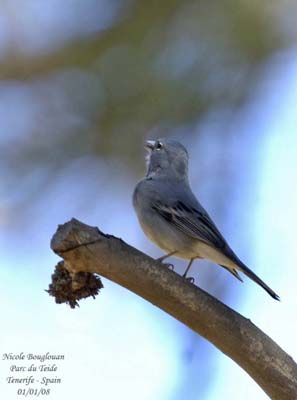
Finches utter attractive and melodious songs. They are popular cagebirds for this reason.
At the beginning of the breeding season, the males perform some displays, first to establish the territory, and then to attract a female. They sing and fight between males.
The courtship displays expose the bright coloured patches of each species. The male moves in order to display these colours in front of the female. She begs food to the male with quavering wings. Courtship feeding is often performed in these species.
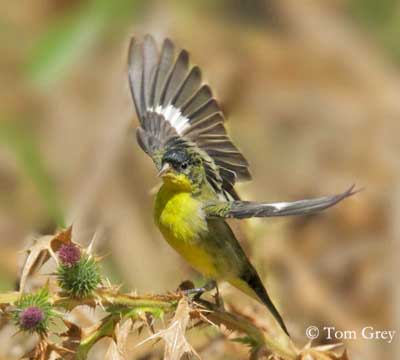
The nest is typically cup-shaped and usually built by the female. It is made with grass, mosses and several plant materials, and placed in trees or sometimes in bushes, or between rocks.
The three Fringillinae species are territorial, whereas the Carduelinae tend to nest in loose colonies.
Clutch of 3-5 eggs are common. Incubation is mainly by the female and lasts about 12 to 14 days. Chicks are fed by both parents by regurgitation of insects in Fringillinae, and seeds and insects in Carduelinae.
The nesting period may lasts between 11 and 17 days.
They may produce several clutches per season.
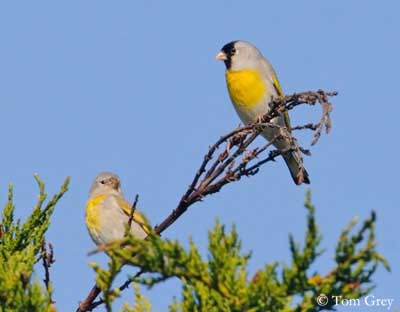
Populations of Fringillidae species are not globally threatened at this moment. These birds are common or abundant according to the range.
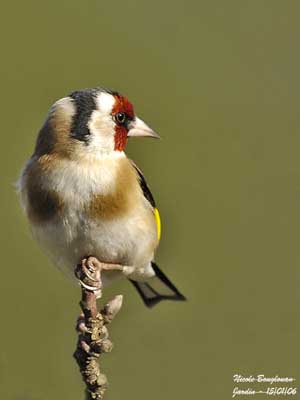
Deforestation and clearing of forests threaten some species, but on the other hand, others take advantage of these practices which enlarge their feeding and nesting territories.
Several predators such as jays, raptors, snakes and mammals may destroy the clutches.
However, the populations are stable and we always hear the melodious songs of these lovely songbirds. Let us hope we will hear them still a long time!